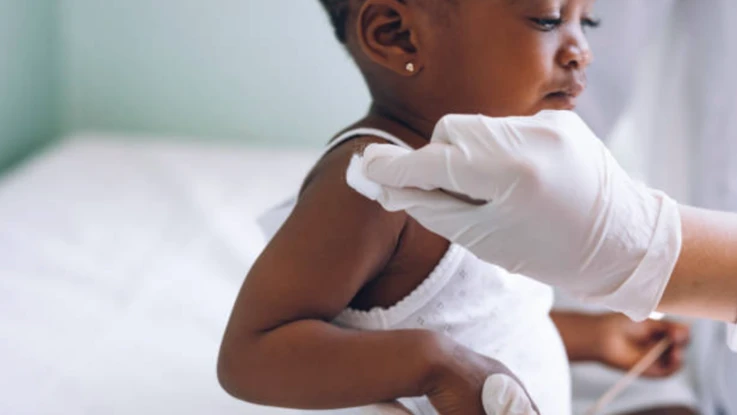MMR vaccine rates for U.S. kindergartners are at their lowest in a decade. The decline in rates correlates with outbreaks in different parts of the country, most recently in Ohio and NYC. Experts have for years discredited a study linking the vaccine with autism, but this myth has proved tenacious. We must focus on facts: Vaccines have prevented serious illness and saved millions of lives over the centuries.
How do I know that vaccines prevent serious illness and save lives? I distinctly remember that when I began my pediatric residency program in 1989 at Grady Memorial Hospital in Atlanta, Georgia, we were inundated with cases of sepsis (blood infections), meningitis, pneumonia, and other serious illness caused by Haemophilus influenzae type B (Hib). Babies were particularly susceptible to this bacteria. Antibiotics were available, sure, but they were no guarantee of complete recovery: Deaths on the pediatric ward were not unheard of and the majority of survivors left the hospital with significant hearing, developmental or other neurological problems.
While there had been several Hib vaccines licensed as early as 1985, they were not effective in infants and, therefore, the series of those vaccines didn’t start until a child was 18-months old. In 1987, a new version (“conjugate”) of the vaccine became available and was widely administered in the coming years, starting at 2 months of age. We vaccinated our patients in our primary care clinic, just like others did around the country. By the time I completed residency in 1992, just three short years after I started, it was extremely rare to have a child admitted to the hospital for serious Hib illness. Just like that.
But don’t take my word for it, follow the data: Prior to the 1987 conjugate vaccine, it was estimated that about 20,000 cases of serious Hib infection occurred each year in the United States, primarily among children younger than age 5 years. The incidence of invasive Hib disease began to decline dramatically in the late 1980s, coinciding with licensure of Hib conjugate vaccines, and has declined by more than 99% since any vaccine for Hib existed.
If one looks closely at data for just about any other vaccine that has been developed, you will find similar results. Vaccines work. Yes, there are different levels of risk depending on the vaccine, age, and other characteristics of the individual receiving the vaccine. I would engage regularly with patients, as age appropriate, and their parents about those risks, weighing them against the benefits. It’s critical that all patients and parents have the opportunity to have those direct conversations so they can learn about each recommended vaccine and work through any concerns they might have when making this important decision. Pediatric providers should have protocols in place that allow for the time to do this. It is our responsibility to translate the science of vaccines into clear and accurate terms, particularly when vaccines are relatively newer, such as the one for COVID-19.








